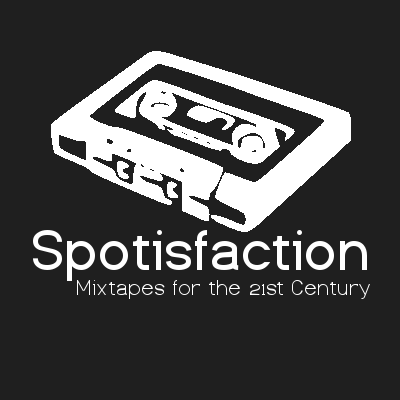[Editor’s note: This feature was written by guest contributor, Alexander Forselius, and refers to his own work – whilst we agree with what he’s saying, you should always take a review written by the creator with a pinch of salt! ;)]
In early 1990, composer Elizabeth Faw Haydn Pizer recorded a song, Aquasphere; an impressionistic ambient soundscape. Not unlike the well known ambient artist Biosphere, her compositions took advantage of some of the sounds the average artist wouldn’t deal with, such as metallic effects and abstract sounds that share an implicit meaning of something abstract instead of explicit vocal hooks. The expressionalism of the recordings brought an abstract message to the audience, not so clear as the vocals, but by the emotions raised by the theme of the sounds. The atmosphere in the songs can give us strange emotions of love, fear, anxiety or peace. This ‘audiologic artwork’ can also be understood by a wider audience and isn’t language-specific, since the interpretation of the theme lies with sound schemes that all people understand by their emotions regardless of their native tongue.
As the development of technology has made it possible to create the most beautiful soundscapes and orchestral recordings using a standard home computer without having to invest in expensive studio equipment, many new and interesting artists have popped up on the internet. They are able to reach a far wider audience without a regular label than previously possible, as the broadband subscription can be considered as the ‘recording contract’. Without realising, nine years after Elizabeth’s work I produced under my alias Dr. Sounds a similar recording with the same name as her seminal work, unaware of the already existing work which shares a similar theme. Recently I released this first album, Aquasphere, right here on Spotify. It consists of 28 ambient tracks with an average duration of 12 minutes each. The album itself is over 12 hours long and contains a mixture of both dark and dizzy, but also some uplifting ambient soundscapes that (hopefully!) draw parallels to famous professional composers, such as Biosphere or preferably Brian Eno or even Mozart.
Cubism is another word that can be used to describe the album’s content. Some of the recordings have an ‘abstract’ feeling and occasionally change in theme, composition and BPM – sounds break up and turn into different shapes and then return to the original theme, or sometimes break apart as in a dream. A surrealistic atmosphere is brought to the album, as the songs acts like a dream: it can follow a theme but seamlessly turn into something new with a new atmosphere or meaning, but leaving the core intact. Unlike Biosphere and Brian Eno’s work, the point of these tracks is that it’s impossible to predict the songs as a whole. They seem to just act as they want, and while we listen to them they feel like sounds from a dream.
Listening to the album in a low volume is encouraged, as it may enrich the experience. The quieter sound will help your brain flow into the irregular sound recording, and hence create a deep concentration. Several times I had left my headphones on whilst doing other things. The low volume causes the brain to forget the music is actually playing, and hence it can feel like you’re being hypnotised by the sound.
If you really like Biosphere and other ambient music, I think it’s worth checking out my CD.
Soundtracks
In addition to the avant-garde soundscapes addressed above, soundtracks in general are an interesting genre of music. As explained, all soundscapes send a “command” about a specific emotion, theme or message via it’s sound theme rather than a language-specific hook. Â Just think of your favourite movie’s theme and whether it’s scary, exciting or otherwise – they all have their ‘sound codes’.
Music composed for video games is very interesting to me. The soundtracks of the top-notch games such as Zelda, Super Mario and Chrono Trigger are all intriguing – even if an average listener may dislike the monotonic sounds that the console chip can create, it’s hook can make the music very addictive. Even the most annoying, repetitive and basic soundtrack can flourish if the audience is exposed to it. This is what’s happened with game soundtracks – the association between the games and the sounds create a hook that makes the sounds ‘beautifully annoying’, as the brain learns the sound patterns and they get stuck in your head (I bet if you ever played Sonic you can hum at least one of the zone themes back if I asked you to). Some people even begin to listen to them on a optional basis. This however isn’t something new. This is much like Florence Foster Jenkins, whose compositions “became famous for her complete lack of rhythm, pitch, tone, and overall singing ability”. However the context of the music can be important for how a particular track affects your emotions, at least in my own experience. If you hear a particular composition in a bad situation it gets associated with that situation and you may dislike it… And it could be the reverse if you hear another song in other situations, such as the day you graduate or begin a holiday.
This phenomena regarding our fascination with the ‘annoyingly beautiful’ can be shown in popular culture. For example, look at all videos on YouTube where something goes wrong or someone falls over or something – these videos can generate really high view counts.
I have collected a playlist of the most intriguing works published on Spotify (in my opinion, anyway!).



